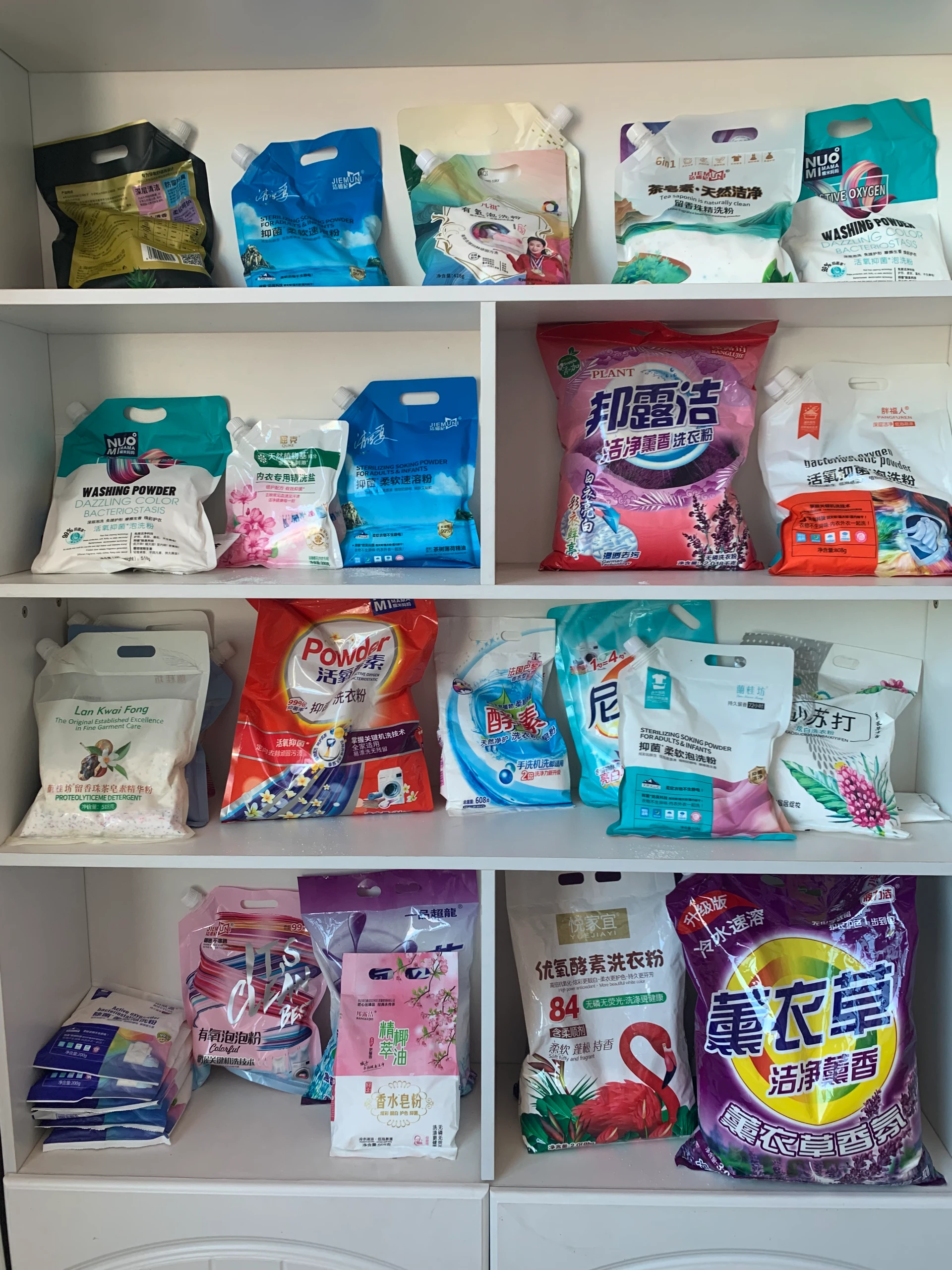



How to Properly Use Sodium Bisulfate in Your Swimming Pool
How to Add Sodium Bisulfate to Your Pool A Step-by-Step Guide
Maintaining a safe and clean swimming pool requires regular monitoring of water chemistry. One common issue pool owners encounter is high pH levels, which can lead to cloudy water, scale formation, and skin irritation. Sodium bisulfate, also known as dry acid, is a popular solution for lowering pH levels in pools. This article provides a detailed, step-by-step guide on how to safely and effectively add sodium bisulfate to your pool.
Understanding Sodium Bisulfate
Sodium bisulfate is a white crystalline powder that acts as a pH reducer. It is a safer alternative to muriatic acid, which can be hazardous if not handled correctly. Sodium bisulfate dissociates in water, releasing hydrogen ions that lower the pH. This makes it particularly useful for pools, spas, and hot tubs where maintaining balanced water chemistry is crucial.
Step 1 Testing Your Pool Water
Before adding sodium bisulfate, it’s essential to test the water’s current pH level. You can use test strips or a liquid testing kit, both of which are readily available at pool supply stores. Ideal pH levels for swimming pools should be between 7.2 and 7.8. If your pH is above this range, you will need to consider adding sodium bisulfate.
1. Collect a water sample Take a sample from about elbow depth, away from any returns and skimmers. 2. Test the water Follow the instructions on your test kit or strips to determine the pH level.
Step 2 Calculating the Required Amount
Once you have determined that your pool’s pH is too high, you’ll need to calculate the correct amount of sodium bisulfate to add. The general guideline is that adding about 6 ounces of sodium bisulfate per 10,000 gallons of water can lower the pH by approximately 0.2.
1. Find your pool's volume Measure your pool’s length, width, and average depth to calculate the volume in gallons. 2. Use the equation Based on the volume of your pool and desired pH reduction, calculate the necessary amount of sodium bisulfate.
Step 3 Preparing to Add Sodium Bisulfate
how to add sodium bisulfate to pool

After calculating the amount needed, you should prepare to add the sodium bisulfate to ensure safety and effectiveness.
1. Wear protective gear Always wear safety goggles and gloves when handling chemicals. Although sodium bisulfate is less hazardous than some alternatives, it can still cause irritation. 2. Avoid direct contact with water Allow the sodium bisulfate to dissolve before adding it to the pool to prevent concentrated chemicals from damaging your pool surfaces.
Step 4 Adding Sodium Bisulfate to the Pool
1. Dissolve the powder In a clean, plastic bucket, mix the correct amount of sodium bisulfate with water. Use about 2-3 gallons of water to create a slurry that will help disperse the chemical evenly in your pool. 2. Broadcast the mixture Slowly pour the dissolved sodium bisulfate into the deepest part of the pool while walking around the perimeter, ensuring even distribution. This helps to prevent any concentrated areas that could damage your pool’s surface.
Step 5 Circulating the Water
After adding sodium bisulfate, keep the pool pump running for at least 4 to 6 hours. This circulation time allows the product to mix thoroughly throughout the water, effectively lowering the pH levels.
Step 6 Retesting the Water
Once the circulation process is complete, retest the water pH to ascertain if it has reached your desired levels. If it is still too high, you may need to repeat the process, but always wait at least 24 hours between applications to prevent overcorrection.
Conclusion
Adding sodium bisulfate to your pool is an effective way to manage high pH levels and maintain clear, healthy water. By carefully testing, calculating, and adding the chemical, along with regular monitoring, you can ensure your pool remains a safe and enjoyable environment for all users. Always remember to follow safety precautions when handling pool chemicals and consult with a pool professional if you have any concerns or questions about your pool’s water chemistry. Happy swimming!
-
Why Strontium Carbonate Still MattersNewsJun.06,2025
-
Why BaSO4 MattersNewsJun.06,2025
-
Why Barium Carbonate Still MattersNewsJun.06,2025
-
Strontium Hydroxide: A Versatile Compound for Modern ApplicationsNewsJun.06,2025
-
Strontium Chloride in Daily IndustryNewsJun.06,2025
-
Pure Potassium Nitrate for SaleNewsJun.06,2025
-
What Is Sodium Bisulfate Used For?NewsMay.15,2025










